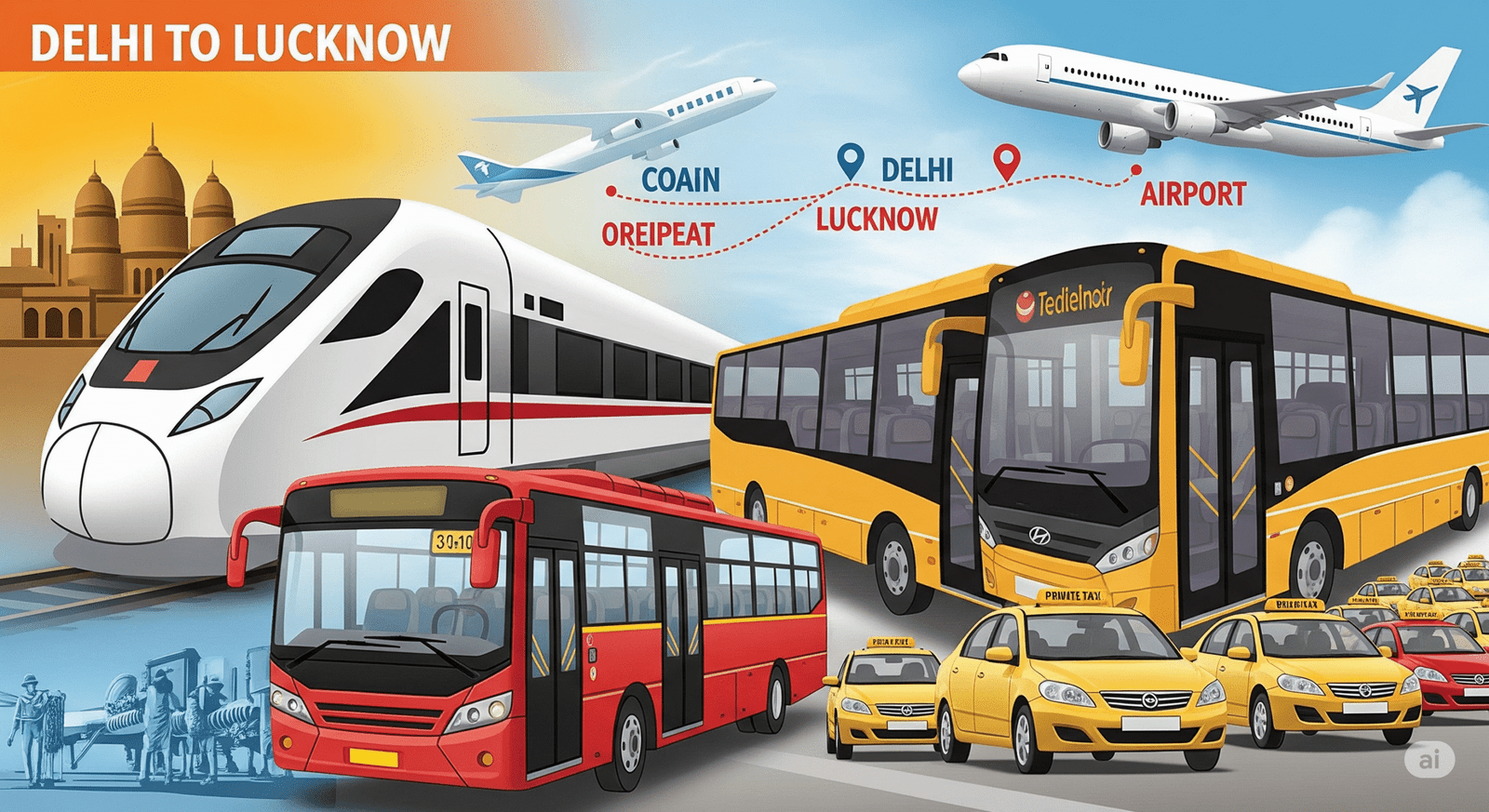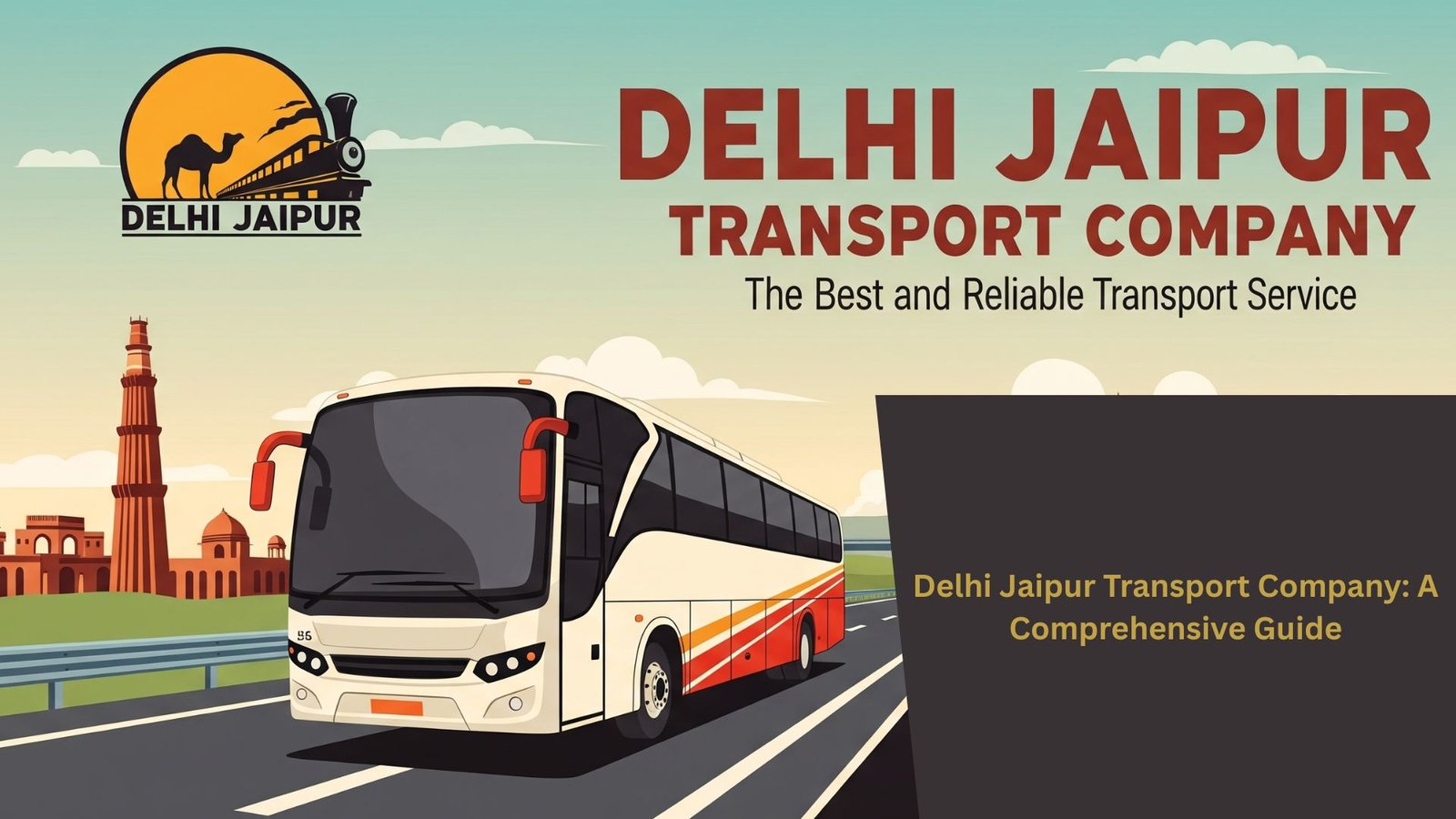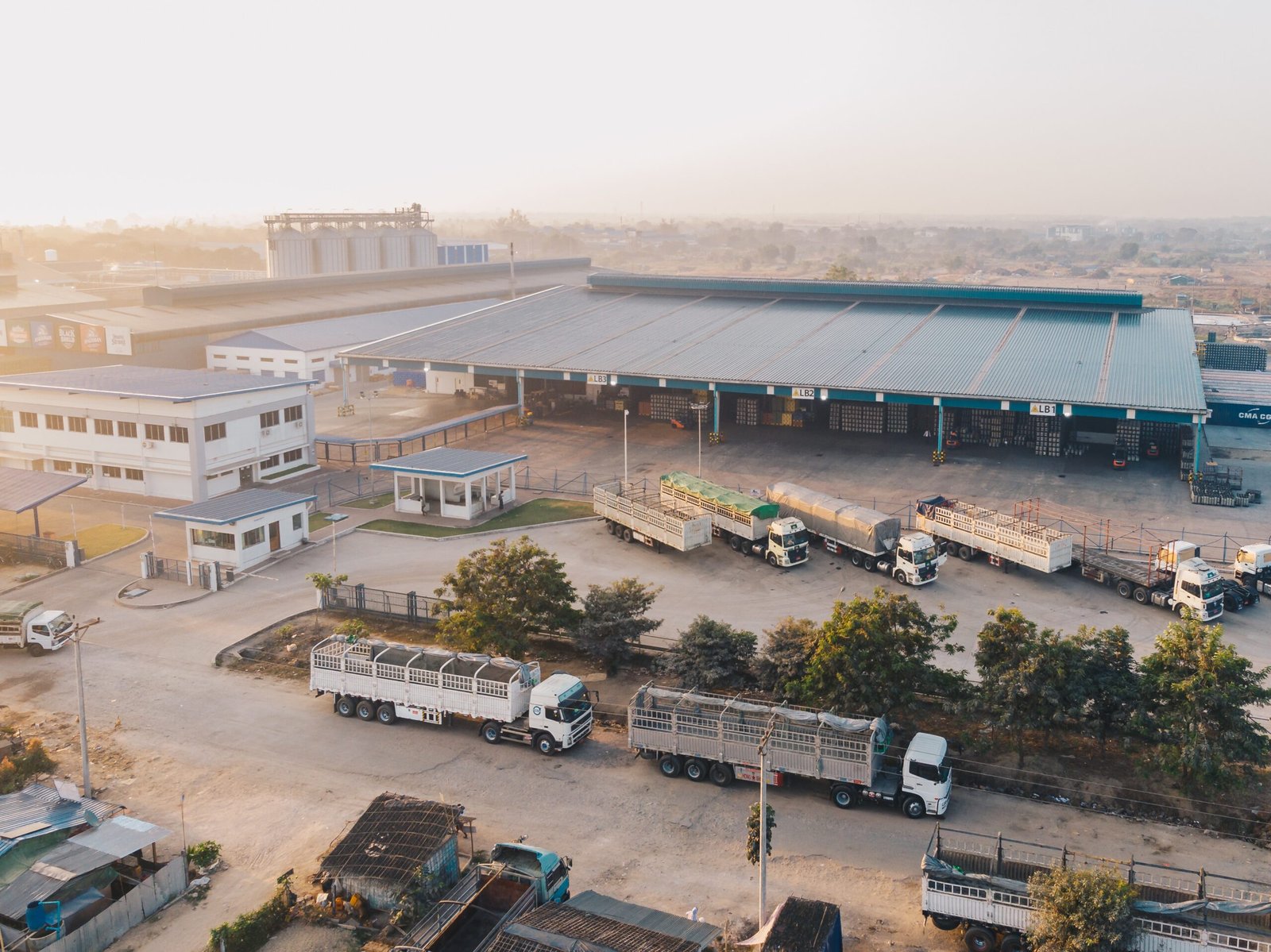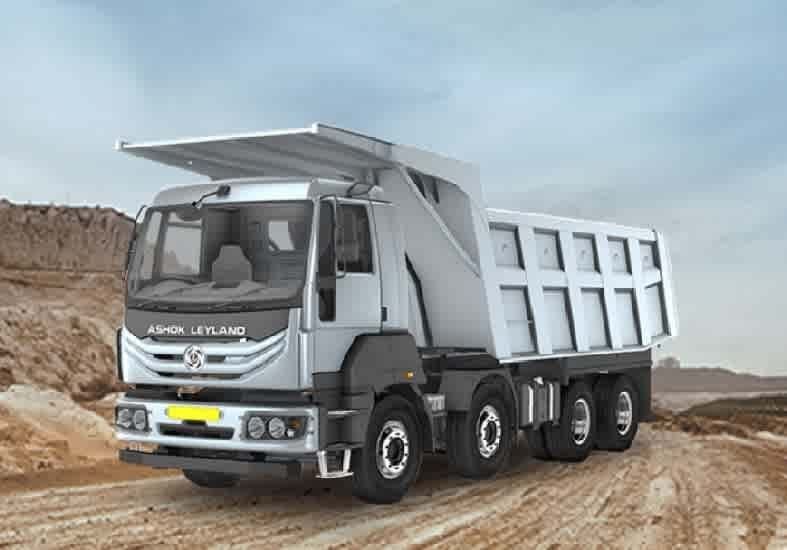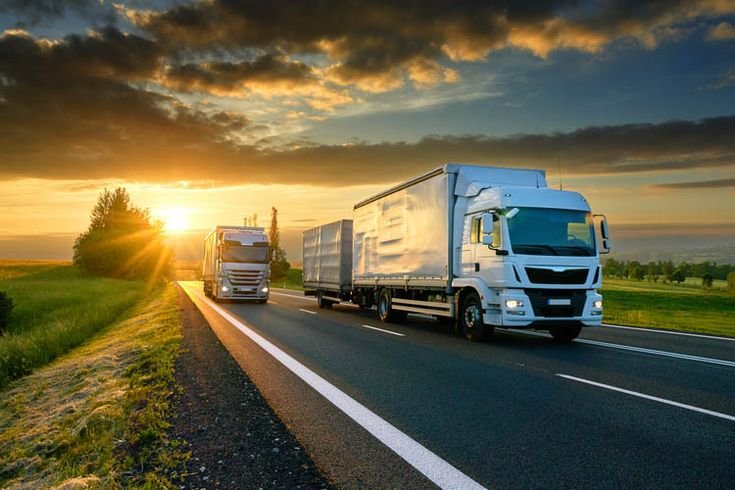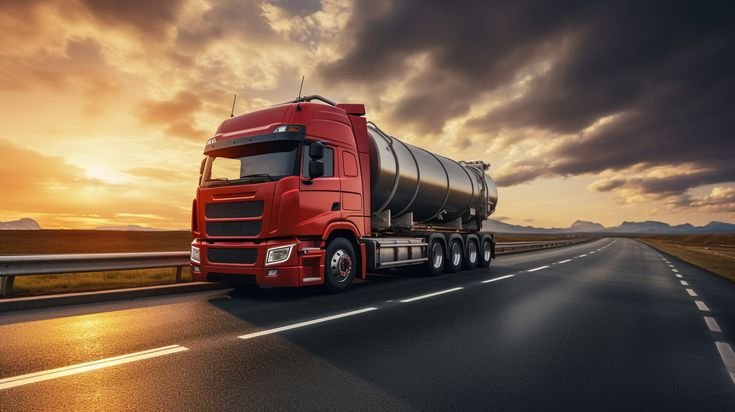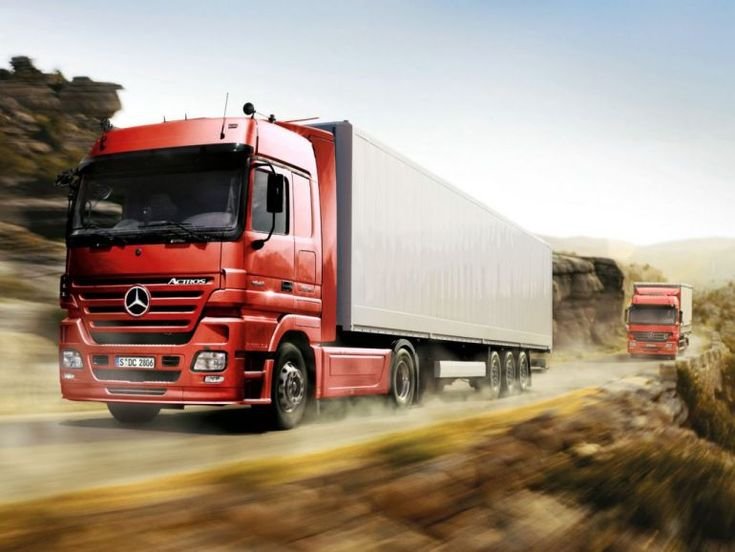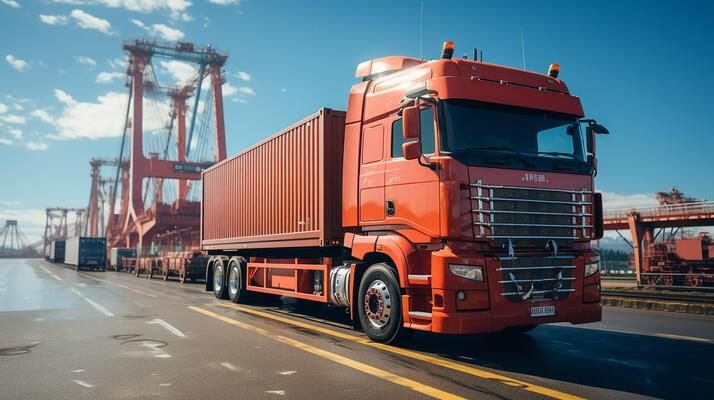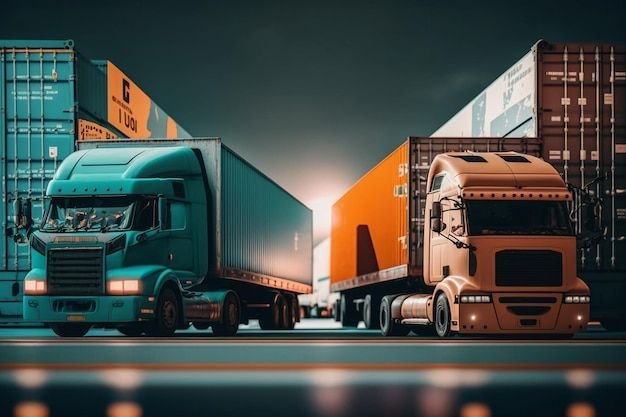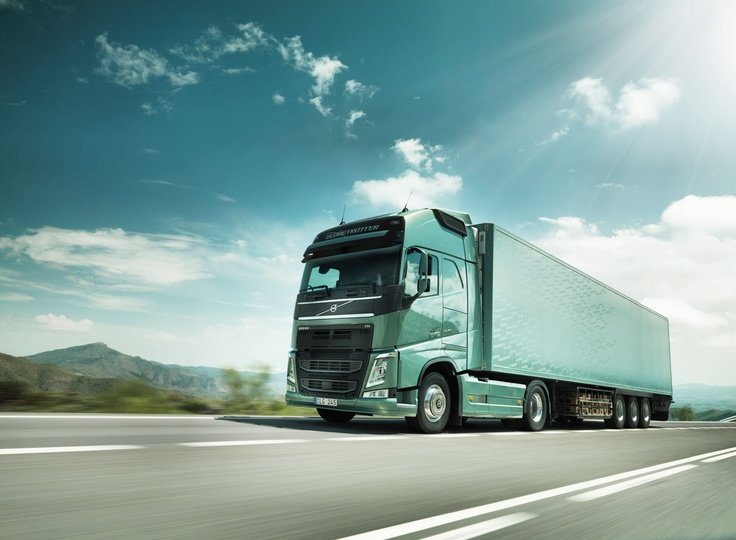Introduction
Delhi and Lucknow are two major cities in North India, connected by a busy transportation corridor. Whether for business, relocation, or travel, efficient transport services between these cities are essential. A Delhi Lucknow Transport Company provides reliable solutions for cargo and passenger movement, ensuring timely and safe deliveries.
This guide explores the types of transport services available, key providers, pricing factors, and tips for choosing the best transport company.
Transport Services Between Delhi and Lucknow
1. Cargo & Logistics Services
- Freight & Parcel Delivery – Trucks, mini-trucks, and courier services for goods transport.
- Heavy Load Transport – For machinery, industrial equipment, and bulk shipments.
- Warehousing & Storage – Temporary storage solutions in transit.
- Household & Office Relocation – Packing, loading, and secure shifting services.
2. Passenger Transport Options
- Private Cabs & Taxis – Sedans, SUVs, and luxury cars for comfortable travel.
- Tempo Travellers & Buses – For group travel (9-18 passengers).
- Shared Cabs & Car Rentals – Budget-friendly options.
- Bus Services (Volvo, Sleeper, AC/Non-AC) – Government & private operators.
3. Specialized Transport Needs
- Car Transport – Enclosed/open carriers for personal/business vehicles.
- Cold Chain Logistics – Refrigerated trucks for perishable goods.
- E-commerce & Courier Services – Fast delivery for online businesses.
Benefits of Hiring a Professional Transport Service
✅ Time-Efficient – Avoid delays with scheduled pickups & deliveries.
✅ Cost-Effective – Cheaper than self-arranged transport.
✅ Safety & Tracking – GPS-enabled vehicles & insured cargo.
✅ Door-to-Door Service – Hassle-free loading/unloading.
✅ 24/7 Support – Emergency assistance during transit.
Types of Transport Vehicles Available
| Vehicle Type | Capacity | Best For |
| Mini Trucks (Tata Ace) | 500 kg – 1 ton | Small cargo, parcels |
| Medium Trucks (6-12 wheeler) | 5-20 tons | Heavy commercial goods |
| Tempo Traveller | 9-12 passengers | Group travel |
| Volvo/Sleeper Buses | 30-50 passengers | Budget long-distance travel |
| Luxury Cabs (Innova, Sedan) | 4-6 passengers | Comfortable private trips |
How to Choose the Best Delhi-Lucknow Transport Company?
✔ Reputation – Check Google reviews, testimonials, and ratings.
✔ Pricing – Compare quotes and avoid hidden charges.
✔ Fleet Quality – Well-maintained, GPS-tracked vehicles.
✔ Insurance – Ensure goods/passengers are covered.
✔ Customer Support – 24/7 helpline for emergencies.
Top Delhi to Lucknow Transport Providers
- Sg Bajrang Logistics – Best for relocation & logistics.
- DTDC, Gati, Blue Dart – Reliable courier & parcel services.
- UPSRTC & Private Volvo Buses – Affordable bus travel.
- Ola Outstation, Zoomcar, Savaari – Cab & rental options.
- Transport Corporation of India (TCI) – Heavy cargo logistics.
Approximate Transport Costs
- Cargo (Delhi-Lucknow) – ₹3,000 – ₹15,000 (depending on weight & vehicle).
- Cab/Taxi (One-way) – ₹6,000 – ₹10,000 (Sedan/SUV).
- Bus Ticket – ₹500 – ₹1,500 (AC/Sleeper).
- Tempo Traveller – ₹8,000 – ₹12,000 (for 12-seater).
Conclusion
Choosing the right Delhi to Lucknow transport service depends on your needs—whether cargo, personal travel, or relocation. Compare providers based on cost, reliability, and safety features for the best experience.
Need Transport from Delhi to Lucknow?
Contact top-rated transport companies today for quick & secure services!
Would you like recommendations based on specific needs (e.g., cargo, luxury travel, etc.)? Let me know how I can help!
